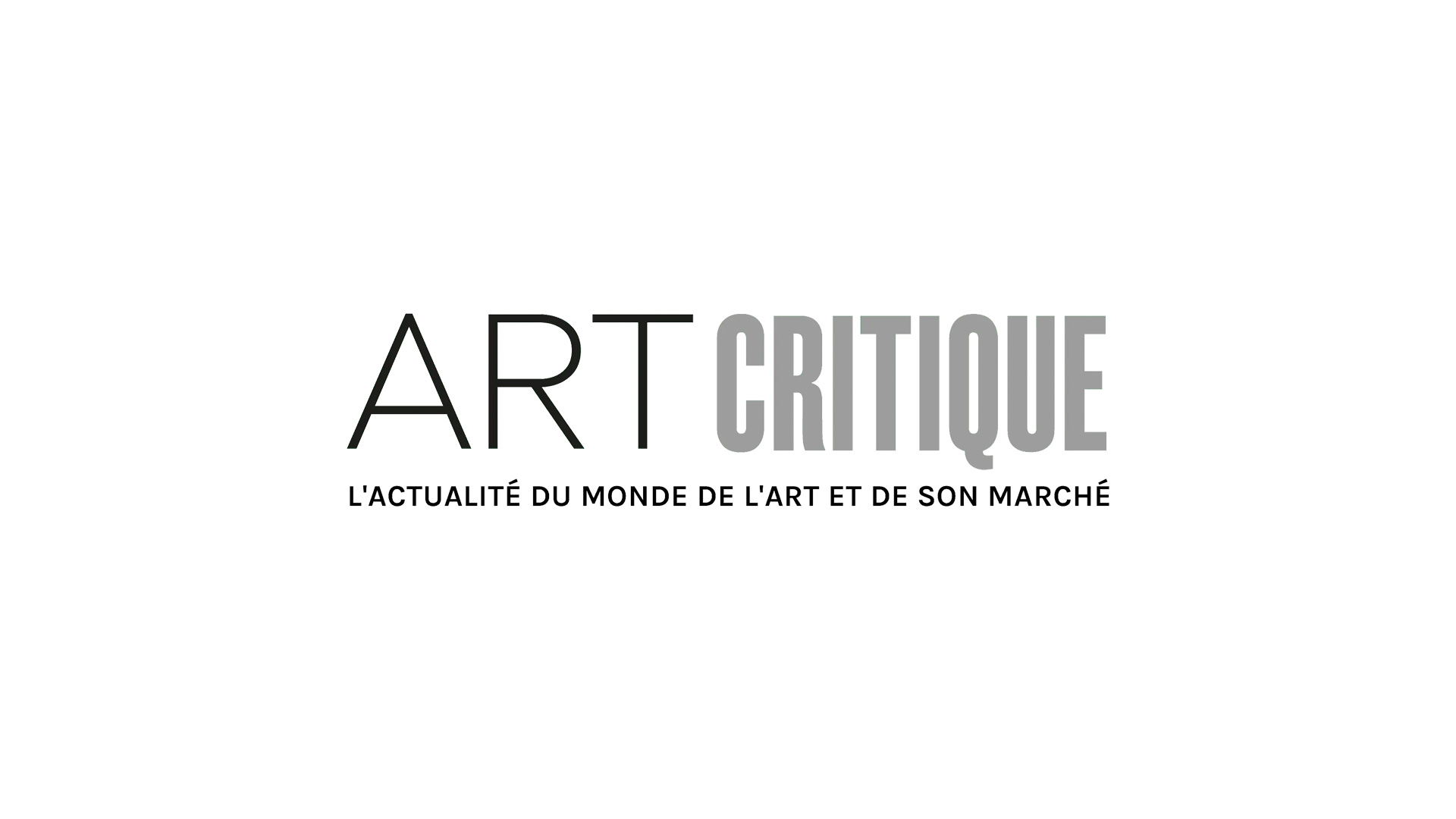Guns used to kill more than 220,000 people in Colombia, South America are being reformed into floor tiles by artist Doris Salcedo. The tiles fashioned from pounding down rebel weaponry including machine guns, automatic rifles, and pistols will become part of a monument commemorating the end of Colombia’s 52-year-long guerrilla war which ended with the signing of a peace treaty in 2016.
Under the peace agreement, the Colombian government and the Revolutionary Armed Forces of Colombia (FARC) agreed to turn FARC military equipment over the US government to be inspected. After inspection, the munitions would be melted down before finding new life in three monuments to remember those killed during the war. The monuments will be located in the New York UN Headquarters, Havana, and the third will be in Bogotá.
Salcedo, who grew up in Bogotá, has dedicated much of her artistic career to honouring and memorializing the violent deaths that mark today’s world, memory, and loss. From Chicago’s gun victims to marginalized populations that fall victim to ‘social deaths,’ her works offers a painful yet beautiful and poetic memorial for lives lost through tragedy. One of her best-known exhibits was a 548-foot-long crack that opened up the floor of the Turbine Hall in London’s Tate Modern in 2007. The break highlighted the racial divisions that split England and the world as well as the continuous issues concerning immigrants and their treatment.

Her tenure and dedication to the victims of terrible acts landed her in charge of the Bogotá sculpture despite originally wanting nothing to do with the sculpture. In a rare interview, Salcedo told NPR that it would be ‘wrong to make a monument, a conventional monument, with arms.’ She went on to clarify that a ‘conventional monument … is usually a vertical piece placed on a pedestal that we should all look up [to]. So I thought arms do not deserve to be there.’

After accepting the lead of the project, she turned the idea of a monument on its head. 37 tons of melted down weaponry was mixed with cold rolled steel to create grey tiles, some of which weigh over 100 pounds. The tiles, which Salcedo has coined as ‘anti-monuments,’ will become the floor for a new art gallery. She wanted to create a way for Colombians to ‘walk on the guns’ and that’s exactly what Salcedo has done, though it took some convincing. Former FARC commanders had to sign off on the plans for the monument and they initially resisted Salcedo’s design. She was able to persuade them by discussing their losses as well, given that many of the men were only children when they joined FARC.
To make the floor tiles, Salcedo enlisted the help of women who were victims of sexual assault at the hands of soldiers, paramilitary, and guerrillas. Colombia’s National Center for Historical Memory has recorded more than 15,000 instances of sexual assault during the war. Together, the women pounded the melted down weaponry with mallets which became a cathartic experience for the abused women. By the end of their labour, the women created 1,300 tiles which will tile the floor of a museum set to open this month. The Colombian museum will exhibit art relating to the war for the next 52 years to fuel the fires of hope for the exact length of time the war raged in the country.





